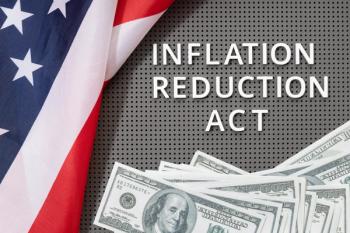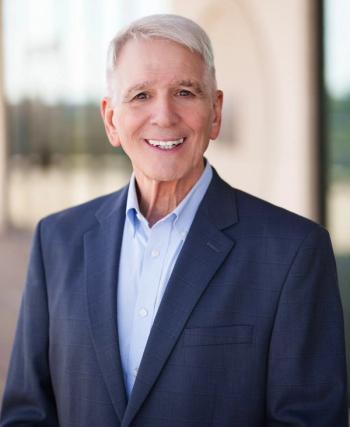
NYC Mortality From 1918 Flu Pandemic, COVID-19 'Comparable,' Say Researchers
Excess deaths associated with the two pandemics are in the same ballpark during New York City peaks.
The excess mortality in New York City during the peak of the 1918 flu pandemic and the excess mortality during the early months of the COVID-19 pandemic were similar, according to a brief research report published in today’s
During the peak months of the 1918 flu epidemic, there were 31,589 deaths from all causes among the city’s 5.5 million residents, according to Jeremy Samuel Faust, M.D., M.S., at Brigham and Women’s Hospital, and his colleagues, Zhenqiu Lin, Ph.D., at Yale-New Haven Hospital, and Carlos de Rio, M.D., at the Emory University School of Medicine.
That works out to 287.17 deaths per 100,000 person-months.
During the early phase of the COVID-19 outbreak in the city, between March 11 and May 11, there were 33,465 deaths from all causes among the 8.3 million residents, Faust and his colleagues calculated
That works out to 202.08 deaths per 100,000 person-months, so a lower proportion than the one for the 1918 flu epidemic peak period but still in the same ballpark.
“These findings suggest that the mortality associated with COVID-19 during the early phase of the New York City outbreak was comparable to the peak mortality observed during the 1918 H1N1 influence epidemic,” the researchers wrote.
But when Faust and his colleagues compared the peak periods of the two pandemics in New York City to baseline mortality rates in the preceding years, they found that the COVID-19 spike is higher relative to the 1918 spike. The peak mortality of the 1918 flu was about three times higher than the mortality in preceding years, whereas the peak COVID-19 mortality was four times higher than in the preceding years.
The research team used CDC data from 1914-18 to calculate the the figures for the 1918 flu pandemic. To developed the numbers for COVID-19, they sifted through data from the New York City Department of Health and Mental Hygiene and the U.S. Census Bureau.
Faust, Lin and de Rio said their study can’t address the question whether the 1918 H1N1 flu virus was more or less “naturally” virulent — that is, more or less likely to cause death or harm — than SARS-CoV-2, the virus that causes COVID-19. To make that comparison, they said, you’d have to know how many COVID-19 deaths have been averted by 21st century treatment advances that didn’t exist in the early 20th century.
The estimates vary, but the CDC says that the 1918 flu pandemic caused at least 50 million deaths worldwide and 675,000 deaths in the U.S. Using those figures, about 1.3% of the 1918 flu pandemic deaths were American deaths.
The COVID-19 count on the
Newsletter
Get the latest industry news, event updates, and more from Managed healthcare Executive.






















































